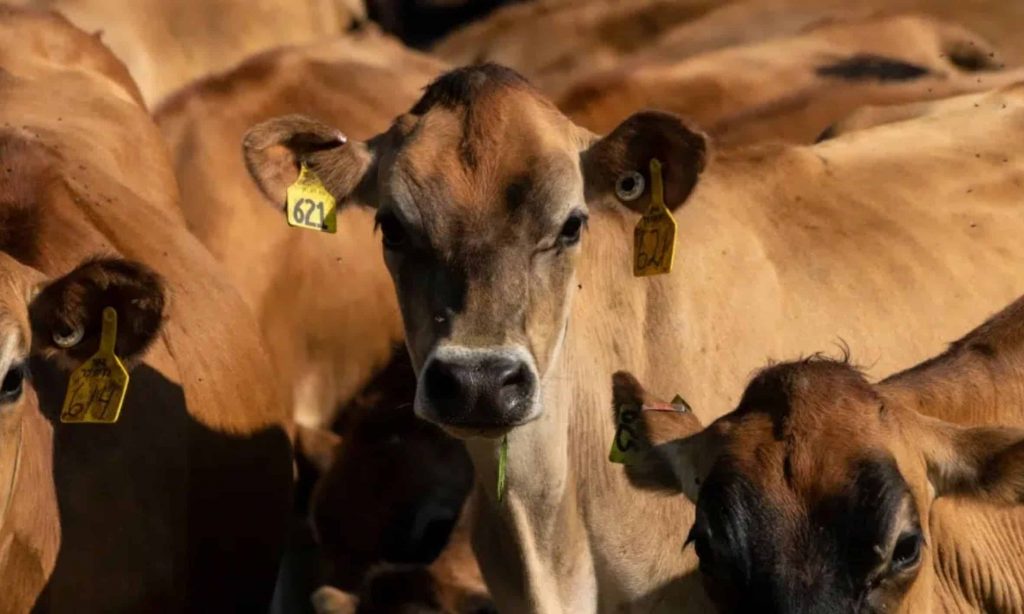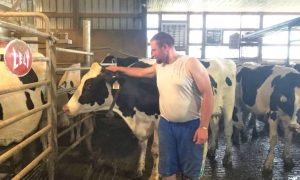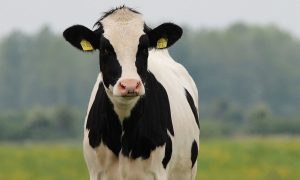
Dairy cow diseases cost millions of dollars each year to New York dairy farmers through reduced milk sales, and costs for treatments, labor, and culling. As any dairy farmer knows, maintaining a healthy and productive herd requires effective health monitoring routines for accurate and timely disease detection. However, this has become increasingly difficult for farms due to labor constraints.
One solution may be the use of Automated Health Monitoring systems (AHM). Using sensors, AHMs are able to track cow behavior and physiology and detect potential health problems. While farms are adopting this technology there is not much independent research demonstrating their value. To test their effectiveness NYFVI is funding a project with Dr. Julio Giordano at Cornell University.
In this project researchers will test AHM systems’ effectiveness compared to a non-intensive health monitoring systems that are employed at dairy farms. In particular, the project will compare AHM systems to the conditions of dairy farms that lack labor, time, or both for proper cow monitoring.
The project also seeks to fill a major dairy industry knowledge gap by training farm health-care technicians, extension educators, professionals, and students at SUNY colleges and Cornell University on the use of AHM. In hands-on workshops in English and Spanish participants will learn how to use and maximize the value of AHM tools.
Cornell University professor and project leader Julio Giordano said of the project, “We are excited to roll out this project aimed at addressing some of the most pressing herd management challenges for commercial dairy farms in NY. We will use automated health monitoring technologies to improve cow health while reducing labor needs and cow disruption. We will test and demonstrate the value of automated monitoring systems for farms that struggle to identify cows that need treatments or interventions due to lack of time or personnel.
“To foster adoption and better use of automated monitoring technologies, our on-farm training program for cow health-care technicians will help current and future users of technology be more proficient and feel more comfortable with their operation and value for herd management. Ultimately, this project will benefit dairy farms by improving the health and productivity of dairy herds and helping farm personnel use technology more effectively.”























